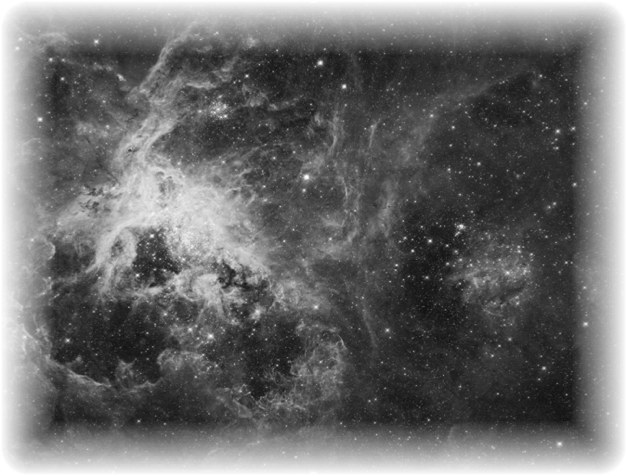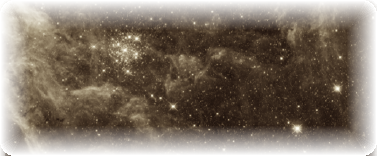

Observing Strategy
We are exploiting the mosaicking capabilities of HST to observe the entire Tarantula Nebula from the near UV to the near IR using WFC3/UVIS (or IR) channel and the ACS/WFC in parallel.
To maximize the efficiency of the program, we are observing the same area covered by the GO program 12499 (PI Lennon). We are using 24 orbits to cover the entire 14‘x12’ region with the WFC3/UVIS channel and other 36 orbits to cover it with IR channel of WFC3.
To complete the filter coverage in the minimum number of orbits we are using ACS/WFC in parallel.
Observations have been organized in 4 blocks to exploit the natural rotation of the telescope and facilitate the schedulability of the observations.
We are using post-FLASH to mitigate the effects of CTE in the WFC3 images acquired at the UV wavelength.
Single flat-fielded images and associations will be immediately available to the public and can be downloaded from the Mikulski Archive for Space Telescope (MAST).
For each filter out team will release co-registered stacked images with 2MASS-calibrated WCS headers in a timely fashion.
Do not hesitate to contact the PI Elena Sabbi for further information.